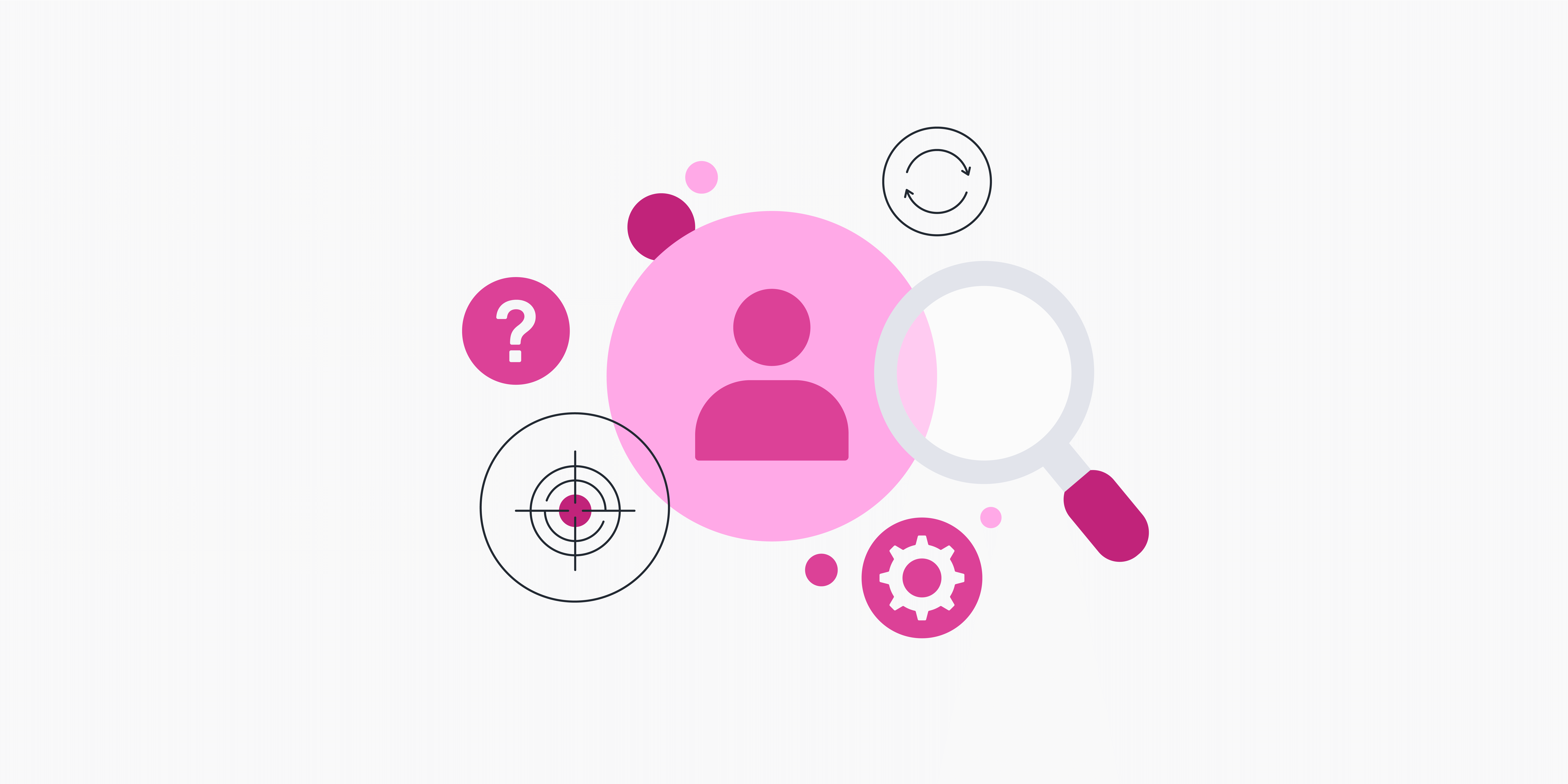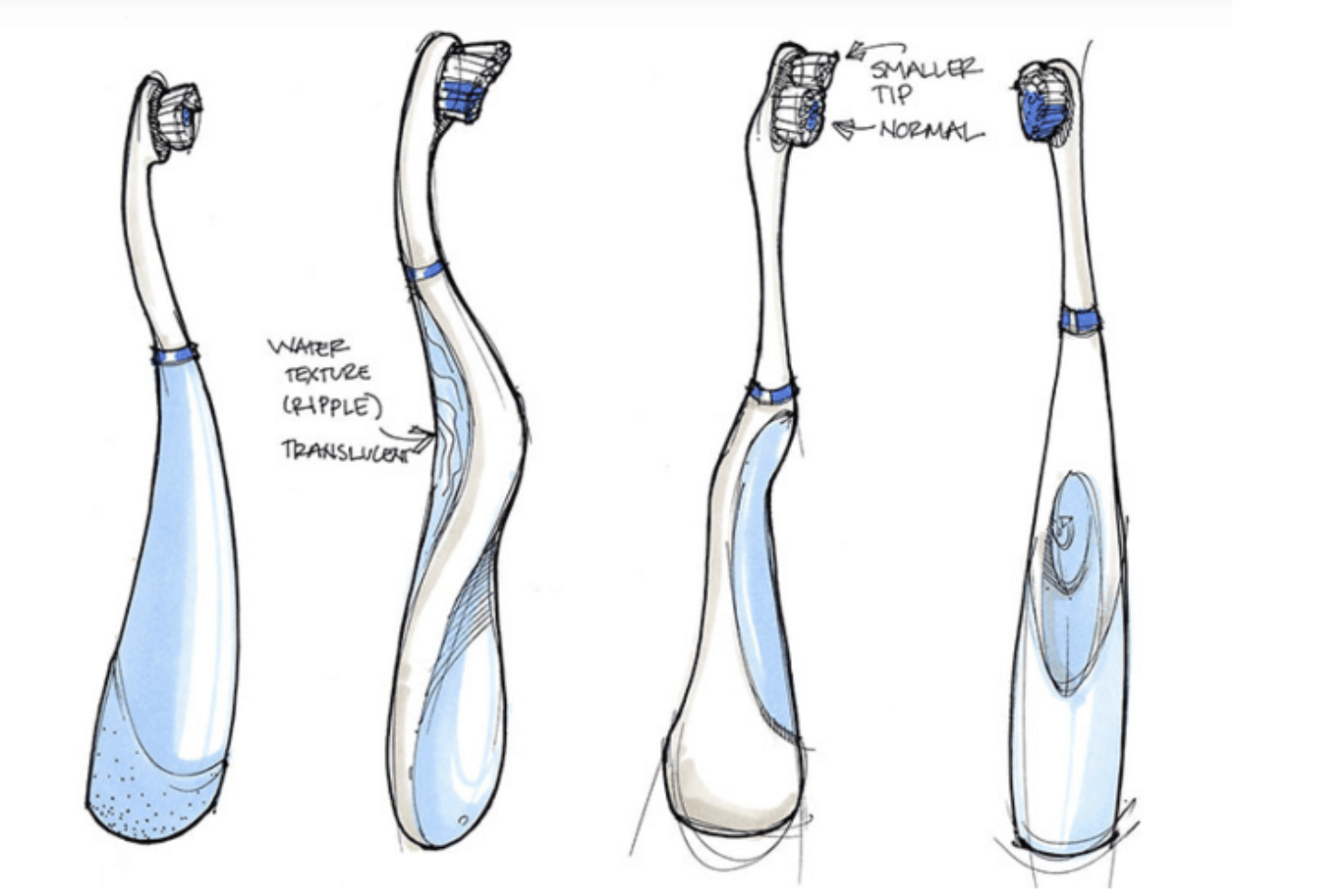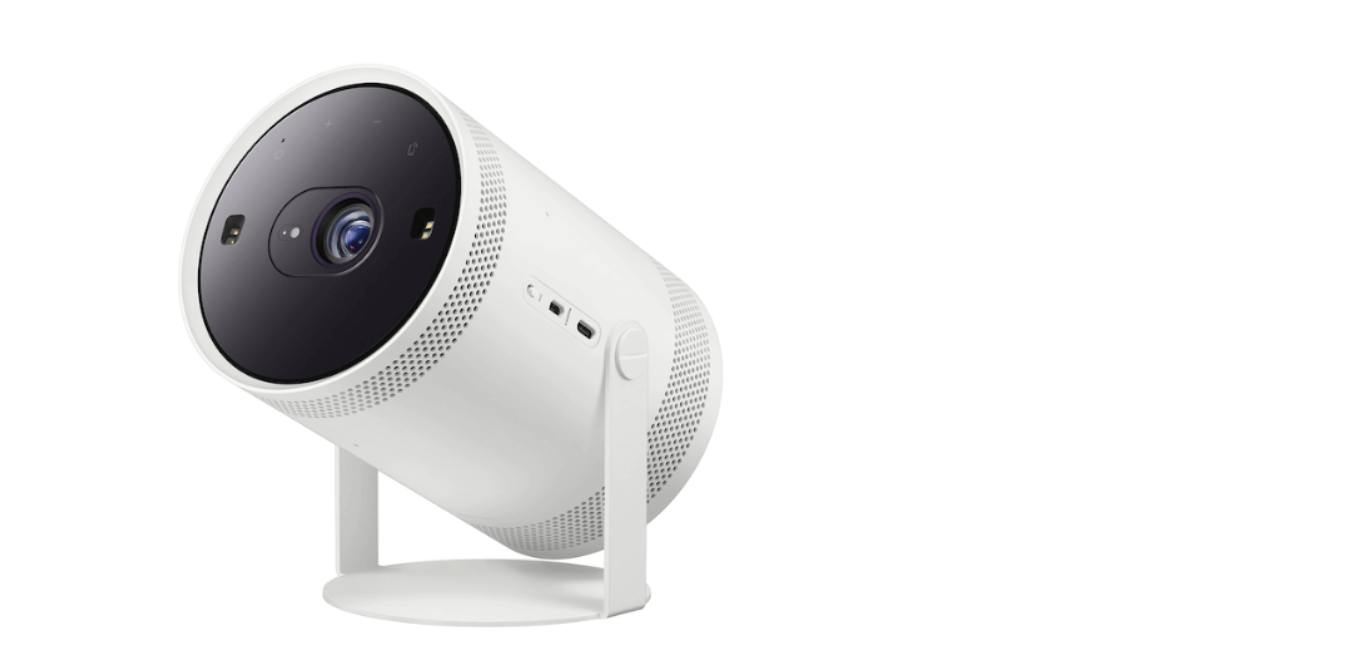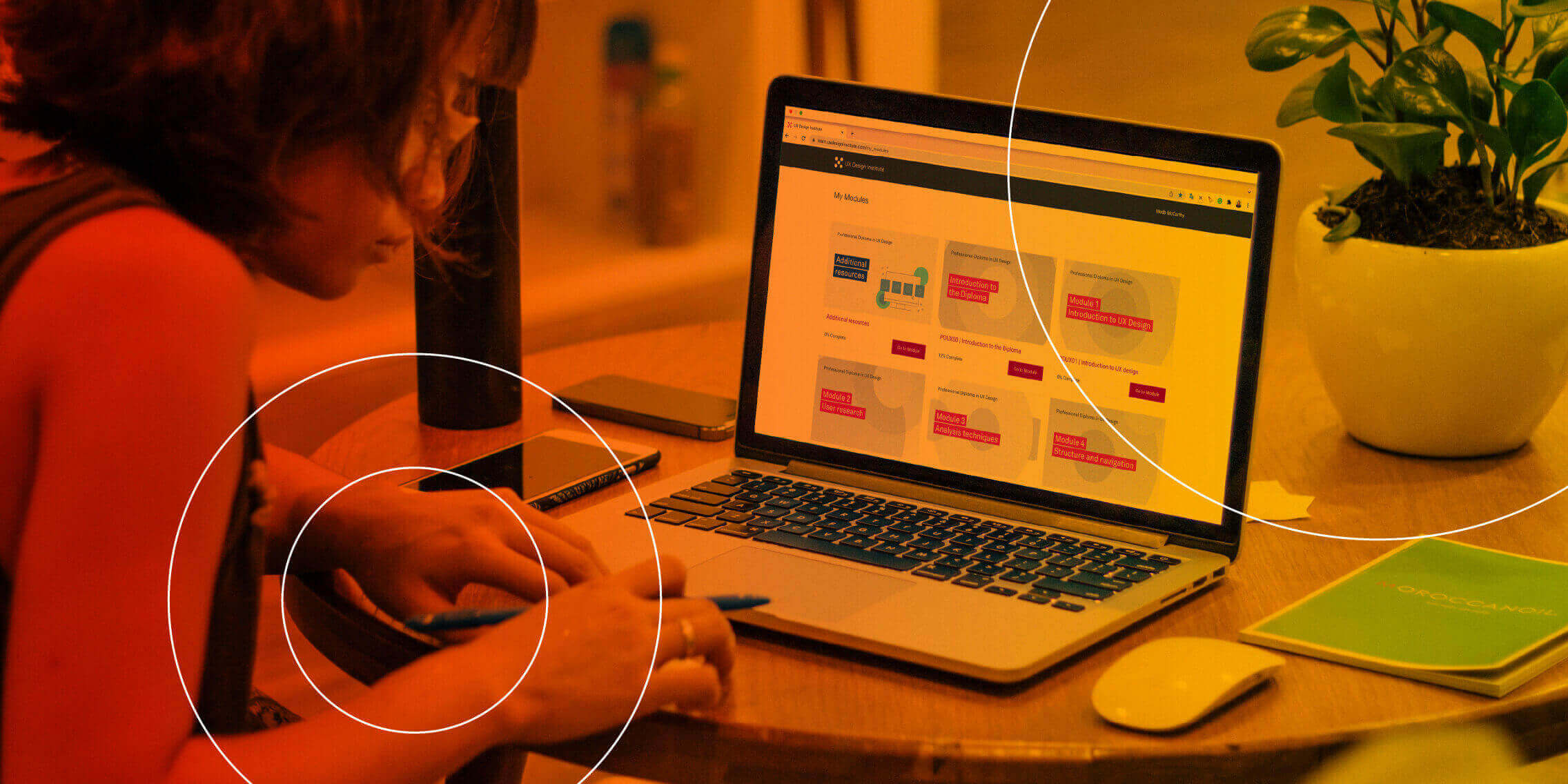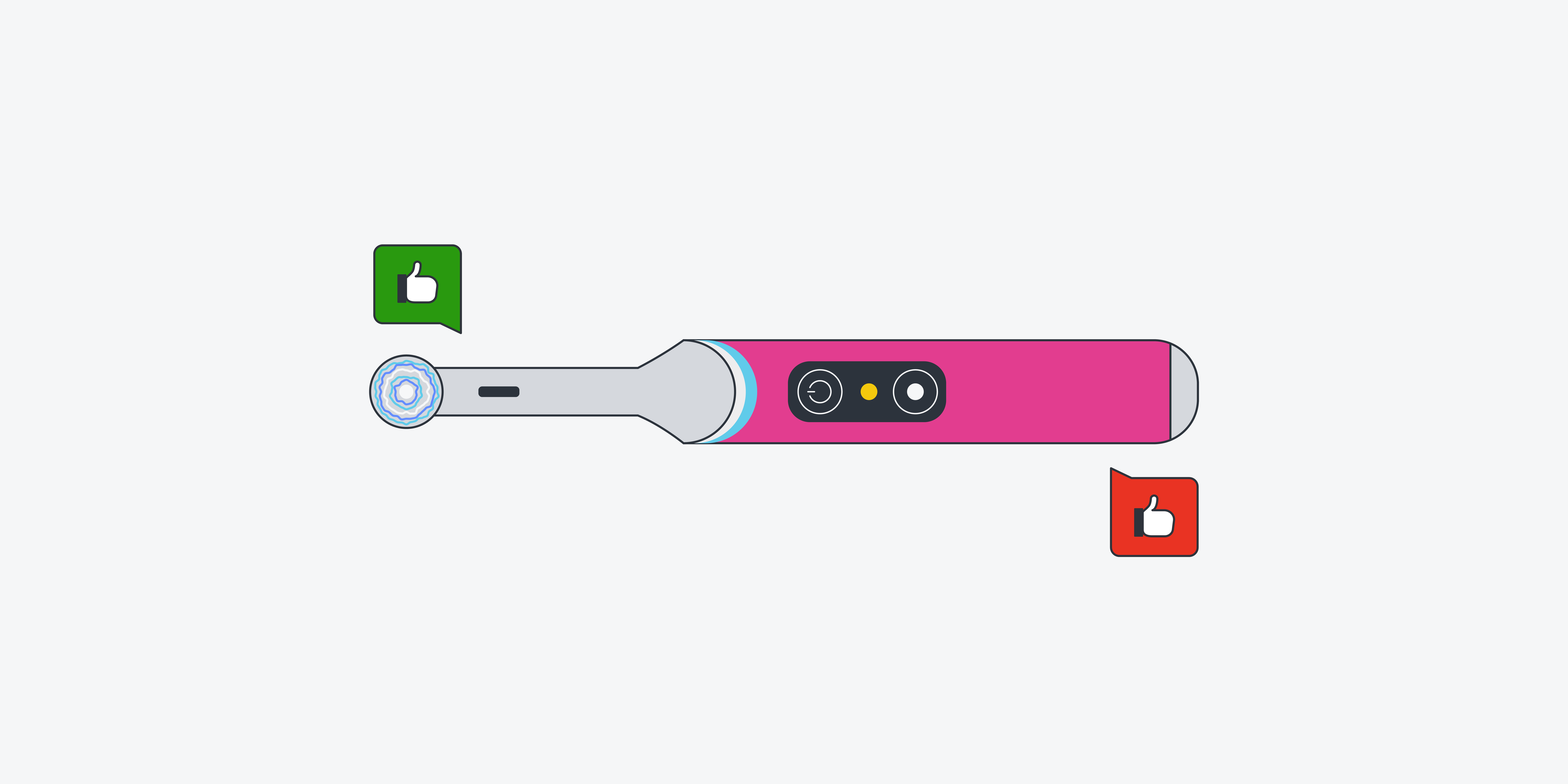Taking a successful product to market requires crafting a solution to an under-served user need. But how do you know what needs are under-served or what products need designing? Ask your customers!
Using human-centred design principles, such as talking to your customers, will help you level up when designing products and solutions.
In this guide, we’ll explore what human-centred design is and why it’s important. We’ll outline the principles and processes of human centered design, and then explore the differences—and similarities—between human-centred design and design thinking. Finally, we’ll look at some examples of human-centred design in action.
What is human-centered design? A definition
Human-centered design (HCD) is an approach to design that places real people at the center of problem-solving. At every phase of the design process, consideration of your customers and their context comes first. This is a step above user-centered design, which tends to focus on the way people use things, not their psychological and emotional needs.
A brief history of human-centered design
HCD as an approach to creative problem-solving is often traced back to the beginning of the Stanford University design program in 1958. There, Professor John E. Arnold first proposed that engineering design should be human-centered.
In the mid-1960s, design theorist Horst Rittel introduced the term “wicked problems” to describe problems that are difficult to solve, such as homelessness and social injustice, because they consist of requirements that are incomplete or contradictory. Also, solving one wicked problem often reveals another.
Consequently, wicked problems require a problem-solving approach that is adaptable and centered on human behavior. Thus, HCD emerged to fulfill this need and took off from there.
HCD isn’t just a method; it’s a mindset with people at its center. The process champions new solutions that come from cultivating deep empathy and are built to suit human needs.
Why is human-centered design important?
When you cultivate empathy for your customers, as you do in HCD, you can think of products that will really improve people’s lives. Also, you can follow your customers’ needs as they evolve. This can open up new opportunities to diversify for you and to try new products for them.
In addition, HCD gives the people you’re designing for the sense that they’re understood. Not only can this increase customer loyalty, but because they’re part of the process that brought the product to market, they’re likely to feel more invested in using it.
What are the 4 principles of human-centered design?
HCD has four principles:
1. Be people-centered
Whatever you create, focus on the people who use the product and their context. These are real human beings with real needs, and your product is a tool to help them reach their goals more efficiently.
2. Find the right problem
Don Norman, a user experience expert and co-founder of the Nielsen-Norman Group, says that usually when people come to him with a problem, it’s not the right one. Instead, he’s approached with symptoms of the problem. But he wants to solve the fundamental problem, the one that will solve the root cause of all the other problems. Solving the fundamental problem is the real goal that companies come to designers with. Otherwise the symptoms will continue to come up.
3. Think of everything as a system
Always keep the big picture of the user journey in mind, even if you’re only working on a small part of it. Don Norman observes that because optimization at the local level doesn’t mean optimization for the global level, we should keep the whole experience in mind for a smoother system.
4. Small and simple interventions
Don’t rush into big design solutions. Instead, do iterative work with simple interventions that you can learn from. Slowly, your results will get better and bigger. Also, continuously prototype and test your solutions to make sure they meet the needs of the people you’re designing for.
What is the human-centered design process? The 6 phases of HCD
According to design firm IDEO, these are the six phases of the HCD process.
Phase 1: Observation
From the first phase we foster deep empathy with people. In this phase, our goal is to understand the people we’re designing for by observing and learning about them. We’ll put our assumptions aside and look at pain points and patterns of behaviour to understand how people feel about a given product.
Phase 2: Ideation
Here you and your team will come up with ideas based on what you learned in the previous phase. You’ll want to come up with as many ideas as you can. Even bad ideas can make it to the table as they can always have the root of a good idea in it. Eventually your team’s ideas will evolve in the right direction.
Phase 3: Rapid prototyping
In this phase, you’ll create a simple prototype that will give you something to test with your users. This shouldn’t be a high fidelity prototype but one that has just enough of the idea that people can understand and comment on it.
Phase 4: User feedback
Get your prototype in the hands of the people you’re designing for in this phase. This is the most critical phase of the design process because, without feedback from people, you won’t know if your solution needs to be adjusted and in which directions.
Learn more about how to incorporate user feedback in product design (and why it matters) here.
Phase 5: Iteration
In this phase, use the insights you’ve gained from users to fuel changes to your design. Iterate, test, and iterate some more until your solution is fine-tuned and ready to be used.
Phase 6: Implementation
Here, your design is ready to be put into action and used in the real world. While the design seems finished, though, keep in mind that design is never truly done. Keep learning, keep iterating, and keep testing whenever possible to continue to improve the design.
Human-centered design vs. design thinking—what’s the difference?
HCD and design thinking are similar concepts. Some people even think of them as synonymous. There are some key differences, though.
While design thinking is at the root of HCD, it zooms out to look at the problem with a larger scope. That’s because design thinking involves designing solutions and products that are created to solve a problem. With design thinking, you’ll empathize with customers’ needs before coming up with solutions that can immediately be put into use.
HCD, on the other hand, wants to ensure that the product will enhance consumers’ lives. With HCD, you’ll get to know the objectives of your customers to ensure you and your team are creating products that will improve their lives, not just interest or amuse them.
Still the two methods do have their similarities. Empathy for people is at the heart of both HCD and design thinking. Both methods are iterative and, since your user base is constantly evolving, your designs will evolve too.
You can learn more about design thinking in this guide: What is design thinking? A definition and examples.
What are some examples of human-centered design?
Here are some examples of HCD:
1. Colgate Electric Toothbrush
Source: Hubspot
While Colgate’s electric toothbrush was innovative in the 1990s, it’s since been surpassed by other competitors, so Colgate hired HCD firm Altitude to design a new toothbrush for them. The team at Altitude extensively researched the audience, asking questions and seeing how people use toothbrushes in their daily lives.
Then they developed the Motion, a slimmer toothbrush with oscillating heads and an arcing neck. The goal was to serve the user’s needs and, fortunately, this toothbrush solved a problem the industry hadn’t addressed yet: needing a slender electronic toothbrush that still delivered on performance.
2. Samsung FreeStyle Bluetooth Projector 
Source: UserGuiding
Samsung FreeStyle, a Bluetooth projector, isn’t designed for everyone. The company is very specific that it is designed specifically for Gen Z and Millenials. That’s because different generations want different things, and while older generations may not be so keen to have a projector that can project on any surface, no matter what the colour, Gen Z and Millenials express a much greater need for this portable device.
Though Gen Z and Millenials won’t necessarily have thought of this product before, they’ll want it when they see it. Especially because people now work from home and are educated online more than ever today, these individuals will see the value of a tiny device that they can bring with them anywhere and can be used to project anything.
3. HelloFresh
When HelloFresh was founded in 2011 by Dominik Richter, Tobias Griesel, and Jessica Nilsson with the intention of providing healthy, fresh recipes to everyone, they were meeting a real need. The founders wondered what consumers were having trouble with and what they wanted to change about their own experience acquiring food.
What they found was that people had difficulty finding the time to shop for groceries and creating healthy and affordable meals. They came up with a solution that addressed those very needs—delivering boxes of ingredients that are already measured out, along with healthy recipes the user can follow— and have had a thriving business ever since.
Key takeaways
That’s human-centered design in a nutshell. To summarise: human-centered design (HCD) puts real people at the center of any design solution. It emerged as an approach to problem-solving, encouraging designers to cultivate empathy and define the root problem before seeking solutions.
As a UX designer, there are many different tools and techniques you can use to step into your users’ shoes and make sure you’re designing with their needs in mind. Check out the following:
- A complete guide to storyboarding in UX
- How to design a customer journey map step-by-step
- How to design accessible and inclusive content (and why it matters)

